Healthier Alternatives To White Sugar
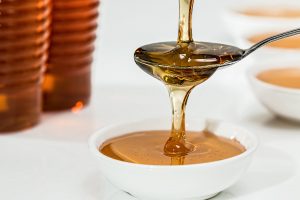 If it were just a matter of cutting out the added sugar in coffee or opting out of that candy bar after work, cutting down on added sugar wouldn’t be a problem. However, today sugar is in everything. In fact, each year the average American consumes approximately 152 pounds of sugar in a year. That’s three pounds or six cups a week. Great-great-great grandma and grandpa at only about two pounds of sugar 200 years ago. Can you avoid sugar entirely? Are there healthier alternatives to white sugar that you can use to avoid the health issues too much sugar causes?
If it were just a matter of cutting out the added sugar in coffee or opting out of that candy bar after work, cutting down on added sugar wouldn’t be a problem. However, today sugar is in everything. In fact, each year the average American consumes approximately 152 pounds of sugar in a year. That’s three pounds or six cups a week. Great-great-great grandma and grandpa at only about two pounds of sugar 200 years ago. Can you avoid sugar entirely? Are there healthier alternatives to white sugar that you can use to avoid the health issues too much sugar causes?
Sugar provides extra energy, but that means more calories.
The same is true of sugar substitutes, at least most sugar substitutes. Stevia is one of those exceptions. Stevia comes from the leaves of the Stevia rebaudiana bush in South America. It’s 200 times sweeter than sugar, but has zero calories. Unlike sugar, stevia has certain properties that may help lower blood pressure and aid in preventing metabolic syndrome. Its ability to lower blood pressure is the reason you should take care if you already have low blood pressure. Some medications react negatively when you consume stevia.
Fresh fruit can be used in place of sugar.
If you bake, using natural applesauce to replace both the oil and the sugar in the recipe is an option. A paste made of dates is also another exceptionally good sweetener. You can sweeten most desserts naturally by adding fruit. For instance, if you buy yogurt and fruit in the grocery, it normally has added sugar. Make your own by chopping fresh or froze natural fruit into yogurt. While these options do add calories, they also come with nutritional benefits and are far more filling. Date paste is also a great option for diabetics, since it has a low GI rating.
Have you ever tasted monk fruit?
Like stevia, monk fruit has been valued for years for its sweetness. It’s about 150 to 300 times sweeter than sugar. It doesn’t affect blood glucose levels and has no calories. Monk fruit is also known as Luo Han Guo, longevity fruit and Buddha fruit. It was used by Buddhist Monks in early medicine for upper respiratory problems, and has been proven to reduce mast cells that produce the histamine that causes symptoms of allergies. It also boosts the immune system, since it’s high in vitamin C. It also can promote heart health and reduce inflammation that can cause pain and serious conditions. Not everyone likes the taste, which is different than sugar and leaves a residual taste in the mouth. That’s why some manufacturers add other ingredients that affect the nutrition of monk fruit. Some people shouldn’t use it, like those who have pancreatic problems or allergies to pumpkins.
- A newer entrant in the sweetness market is the yacon plant. It has a flower like a daisy, but a root like a sweet potato. It can be eaten raw, tastes like a combination of apple, celery and watermelon and has the texture of water chestnuts. The root is boiled down to get a sugar substitute that lowers blood sugar.
- While 100 grams of honey is only slightly lower in calories than 100 grams of sugar, honey contains enzymes, iron, antioxidants, calcium, potassium, phosphorous, vitamin B6, riboflavin and niacin. A tablespoon of raw honey has a lower glycemic impact than a banana. Darker honey is more nutritious.
- Coconut sugar has a third fewer calories than table sugar. It is high in iron, zinc, polyphenols, potassium, antioxidants, calcium and other plant nutrients. It’s a good sugar substitute for baking.
- Sugar alcohol, such as xylitol and erythritol have proven beneficial for diabetics and packed with antioxidants. Xylitol may prevent tooth decay, reduce the risk of infection, has a low GI, but also may cause diarrhea and gas.
For more information, contact us today at Habitat Health & Fitness

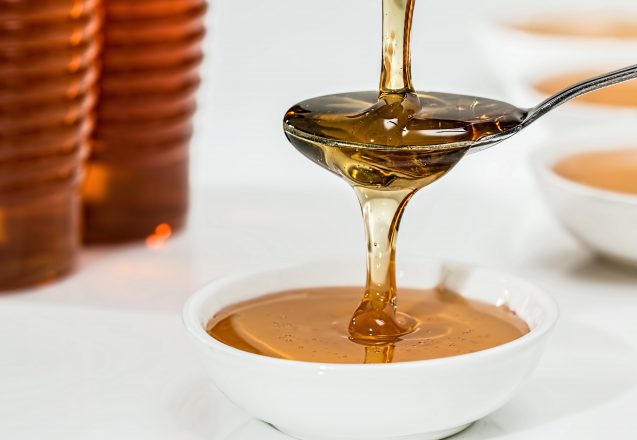
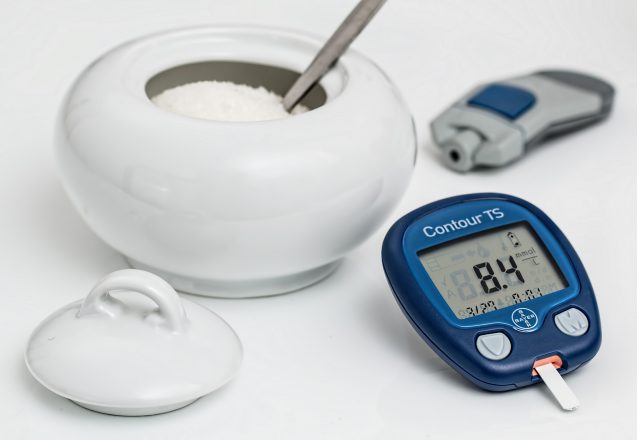
 New clients at Habitat Health and Fitness in Lakeland, FL, ask me about sugar substitutes and artificial sweeteners. It’s normally in response to the initial cravings of giving up sugar. Choosing to opt for an artificial sweetener may mean you’re loading up your body with chemicals and that can be as bad or worse as using regular cane or beet sugar. In my estimation, giving up food with added sugar is one of the biggest obstacles in living healthier. Once you change your eating habits, you won’t find adding sugar necessary and be able to taste the sweetness of fresh fruit and vegetables.
New clients at Habitat Health and Fitness in Lakeland, FL, ask me about sugar substitutes and artificial sweeteners. It’s normally in response to the initial cravings of giving up sugar. Choosing to opt for an artificial sweetener may mean you’re loading up your body with chemicals and that can be as bad or worse as using regular cane or beet sugar. In my estimation, giving up food with added sugar is one of the biggest obstacles in living healthier. Once you change your eating habits, you won’t find adding sugar necessary and be able to taste the sweetness of fresh fruit and vegetables.
 IBS— irritable bowel syndrome—causes abdominal pain and changes in your bowel movements that include constipation, diarrhea or both. It all depends on the type of IBS you have. Other symptoms include the feeling you haven’t finished in the bathroom, even though you just went, bloating and white mucus in your bowel movements. It can cause considerable discomfort, but normally doesn’t cause digestive tract damage. Unfortunately, IBS can last years.
IBS— irritable bowel syndrome—causes abdominal pain and changes in your bowel movements that include constipation, diarrhea or both. It all depends on the type of IBS you have. Other symptoms include the feeling you haven’t finished in the bathroom, even though you just went, bloating and white mucus in your bowel movements. It can cause considerable discomfort, but normally doesn’t cause digestive tract damage. Unfortunately, IBS can last years.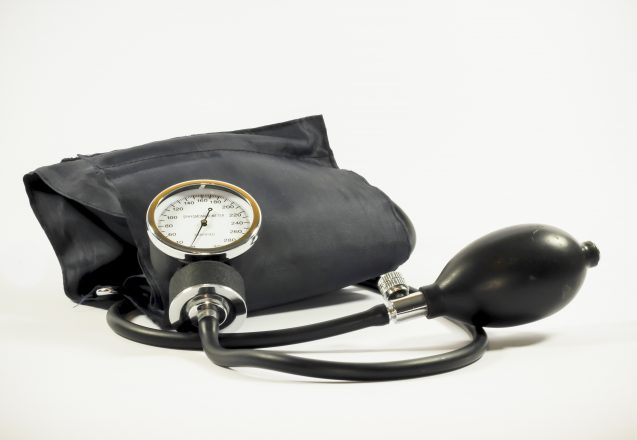
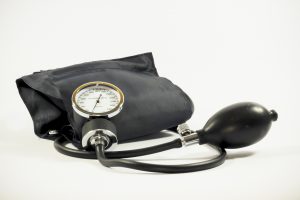 At Habitat Health and Fitness in Lakeland, FL, identifying the causes of preventable health issues and making lifestyle changes to avoid future damage, can boost health and vigor. One common problem faced by many people is consistent high blood pressure—hypertension. About 45% of all people have or will develop it. It’s a silent killer, because left unaddressed, it can lead to stroke, kidney damage, hardening of the arteries, dementia and early cognitive decline. In the early stages, most people don’t realize they have a problem because there often aren’t any symptoms.
At Habitat Health and Fitness in Lakeland, FL, identifying the causes of preventable health issues and making lifestyle changes to avoid future damage, can boost health and vigor. One common problem faced by many people is consistent high blood pressure—hypertension. About 45% of all people have or will develop it. It’s a silent killer, because left unaddressed, it can lead to stroke, kidney damage, hardening of the arteries, dementia and early cognitive decline. In the early stages, most people don’t realize they have a problem because there often aren’t any symptoms.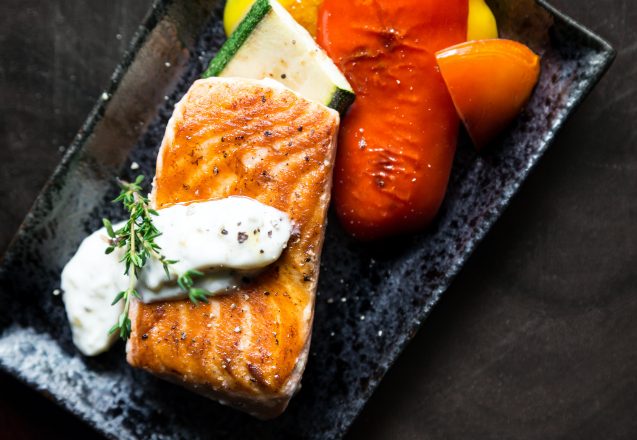
 Exercise is king at Habitat Health and Fitness in Lakeland, FL. However, when you eat healthier and consume foods that give you more energy, not only will your workout be better, so will all aspects of your life. Foods that give you energy aren’t sugary treats that spike your blood sugar momentarily and then plunge you into the pit of exhaustion. They’re high quality foods that keep your energy level at its best throughout the day.
Exercise is king at Habitat Health and Fitness in Lakeland, FL. However, when you eat healthier and consume foods that give you more energy, not only will your workout be better, so will all aspects of your life. Foods that give you energy aren’t sugary treats that spike your blood sugar momentarily and then plunge you into the pit of exhaustion. They’re high quality foods that keep your energy level at its best throughout the day.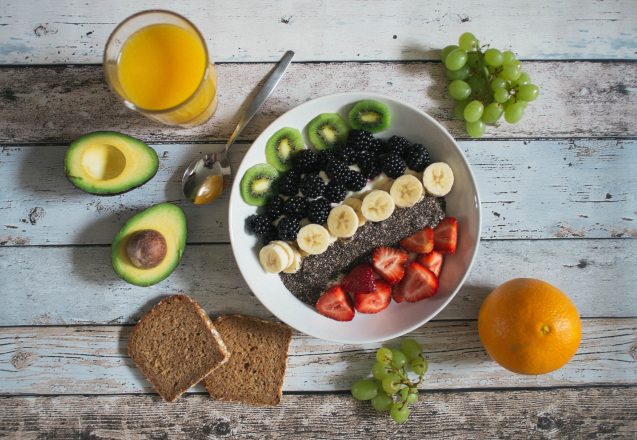
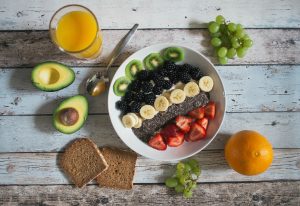 Your calorie intake and energy expelled determines whether you gain weight, lose weight or remain the same. If you eat too many calories, your body stores the excess as body fat. If you eat too few, your body breaks down body fat or muscle to supplement your needs. Eating the right amount to balance calories burned with calories consumed is the ideal, unless you’re trying to lose weight or gain it. Most people want to know how many calories to eat a day to lose weight, but there’s no simple answer. It’s all based on your body and needs.
Your calorie intake and energy expelled determines whether you gain weight, lose weight or remain the same. If you eat too many calories, your body stores the excess as body fat. If you eat too few, your body breaks down body fat or muscle to supplement your needs. Eating the right amount to balance calories burned with calories consumed is the ideal, unless you’re trying to lose weight or gain it. Most people want to know how many calories to eat a day to lose weight, but there’s no simple answer. It’s all based on your body and needs.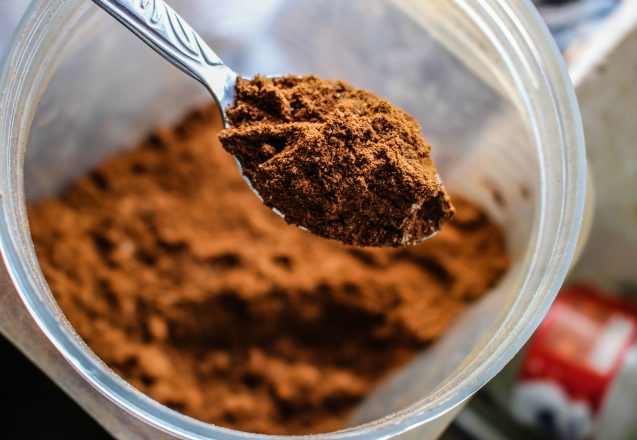
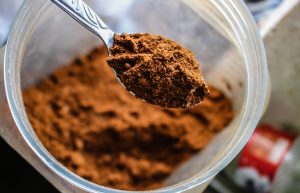 At Habitat Health and Fitness in Lakeland, Florida, FL, we focus on fitness through exercise, but that doesn’t mean we discount other lifestyle changes that can make you healthier. Eating healthy should be a top priority. Some people question whether protein supplements should be used on that quest toward a healthier body. As with most things related to fitness, it all depends on you and your needs. Protein supplements can be quite beneficial for some and unnecessary or even dangerous for others. Older people who may have a difficult time of eating and don’t process protein as efficiently, may benefit from a supplement.
At Habitat Health and Fitness in Lakeland, Florida, FL, we focus on fitness through exercise, but that doesn’t mean we discount other lifestyle changes that can make you healthier. Eating healthy should be a top priority. Some people question whether protein supplements should be used on that quest toward a healthier body. As with most things related to fitness, it all depends on you and your needs. Protein supplements can be quite beneficial for some and unnecessary or even dangerous for others. Older people who may have a difficult time of eating and don’t process protein as efficiently, may benefit from a supplement.
 If you run miles a day and do tons of cardio workouts to burn belly fat, but find you’re not getting the results you want, there’s a reason. Steady state cardio isn’t necessarily the best route to take. Belly fat—visceral fat—is the hardest type of fat to lose. There’s no special exercise to take it off your belly either, since spot exercises simply don’t work that way. To lose belly fat, you have to lose fat all over your body. While cardio does burn calories, there are downsides to cardio that can sabotage your efforts.
If you run miles a day and do tons of cardio workouts to burn belly fat, but find you’re not getting the results you want, there’s a reason. Steady state cardio isn’t necessarily the best route to take. Belly fat—visceral fat—is the hardest type of fat to lose. There’s no special exercise to take it off your belly either, since spot exercises simply don’t work that way. To lose belly fat, you have to lose fat all over your body. While cardio does burn calories, there are downsides to cardio that can sabotage your efforts.
 There’s a reason that food labels provide nutritional information. It’s to help you understand what you’re eating and the nutrients or additives that food contains. You can watch people in any grocery aisle in Lakeland, FL, and at least one or two are reading labels. A lot of the time they end up tilting their heads quizzically or trying to hold their glasses differently to read the small print. It’s supposed to make eating healthier easier, but, does it? The answer is yes. Once you understand what the label is telling you, healthy eating is easier.
There’s a reason that food labels provide nutritional information. It’s to help you understand what you’re eating and the nutrients or additives that food contains. You can watch people in any grocery aisle in Lakeland, FL, and at least one or two are reading labels. A lot of the time they end up tilting their heads quizzically or trying to hold their glasses differently to read the small print. It’s supposed to make eating healthier easier, but, does it? The answer is yes. Once you understand what the label is telling you, healthy eating is easier.
 For years, eating breakfast has been praised as important for your health. While that might have been extremely important when most Americans made their living farming and the work was grueling physically, is it that important now? The first meal of the day does help improve cognitive performance, focus and task performance in children, so for children it’s extremely important. Once the child reaches adulthood, then whether breakfast is beneficial or not is up for grabs and often a matter of personal preference.
For years, eating breakfast has been praised as important for your health. While that might have been extremely important when most Americans made their living farming and the work was grueling physically, is it that important now? The first meal of the day does help improve cognitive performance, focus and task performance in children, so for children it’s extremely important. Once the child reaches adulthood, then whether breakfast is beneficial or not is up for grabs and often a matter of personal preference.